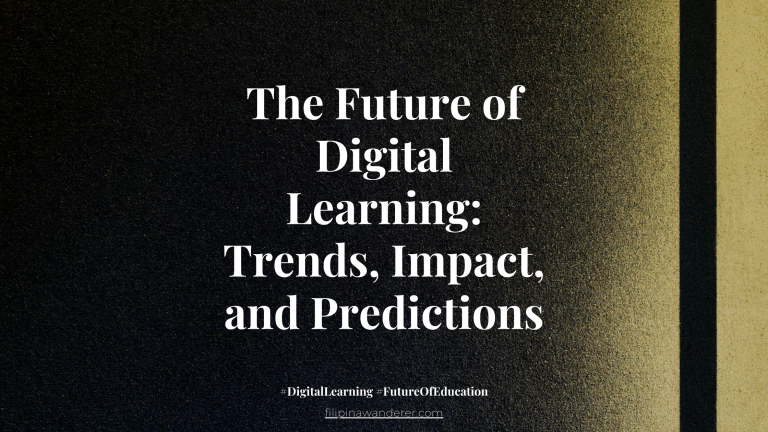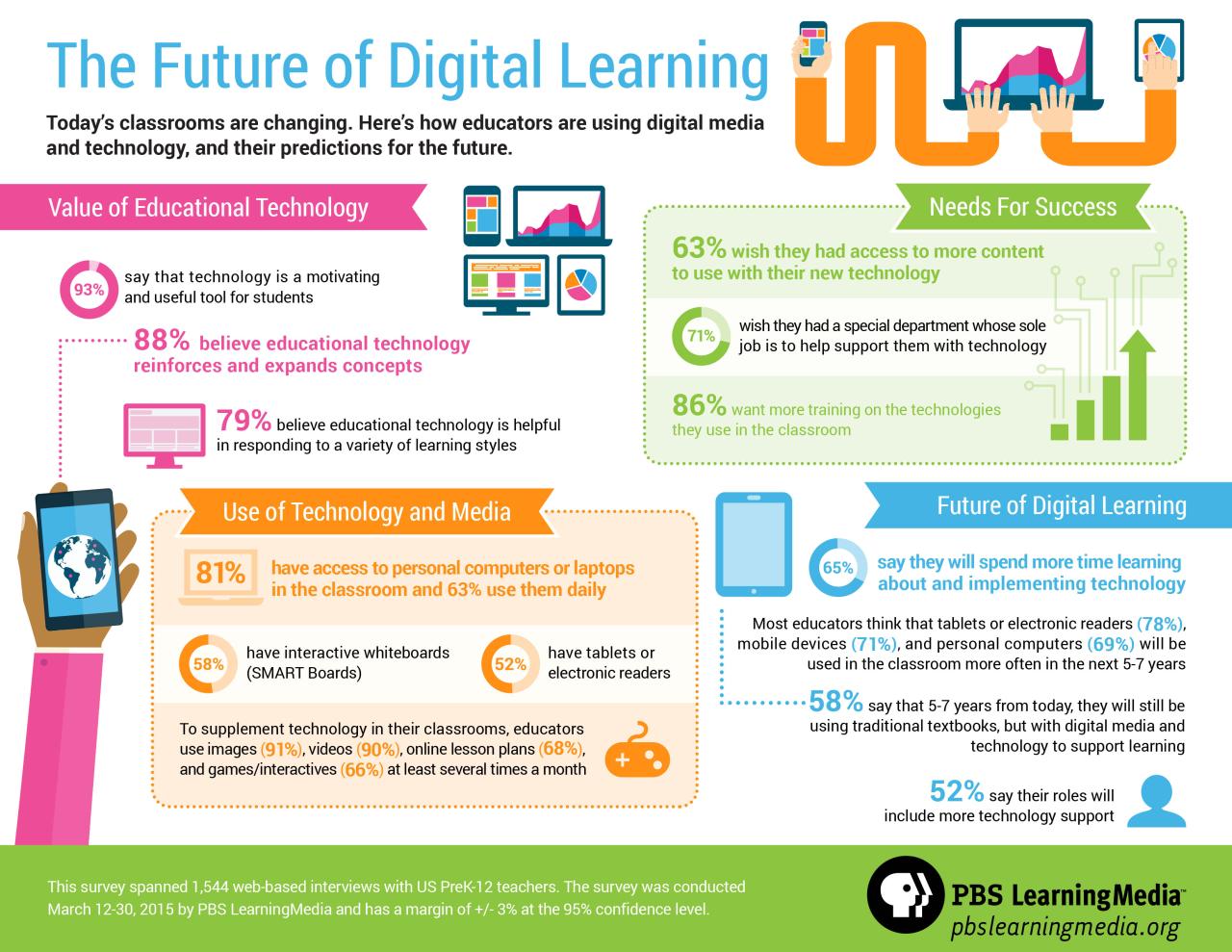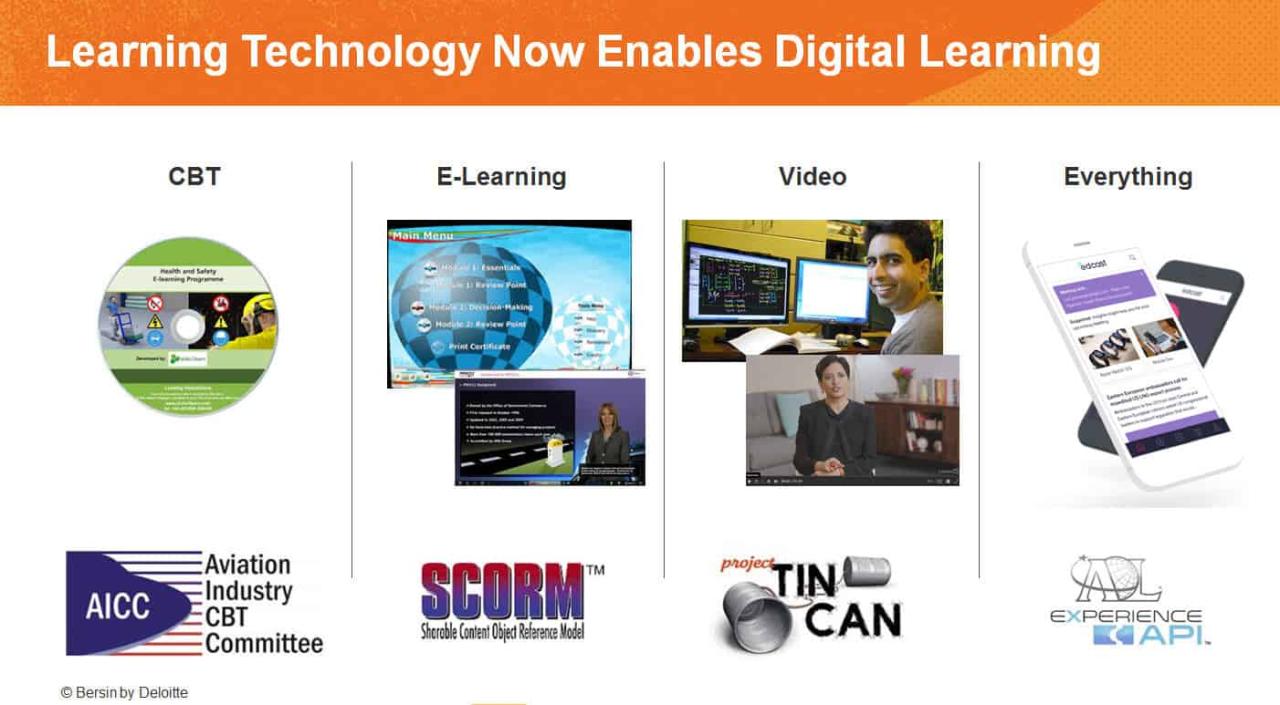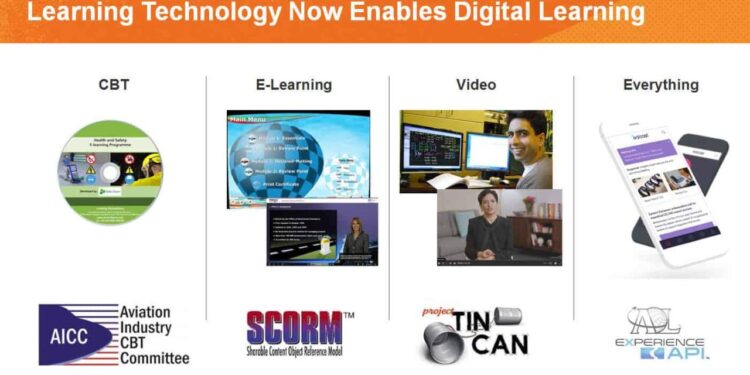Embark on a journey through the evolving landscape of online learning with DigiLife Technology Trends, where digital innovations are reshaping the way we educate and learn. From AI to gamification, explore the cutting-edge trends that are revolutionizing the online education sector.
Delve deeper into the realm of technology and education as we uncover the key trends and advancements that are paving the way for a more interactive and engaging learning experience.
DigiLife Technology Trends in Online Learning
Digital technology has significantly impacted online learning, transforming the way education is delivered and accessed. With the rise of smartphones, tablets, and high-speed internet, learners now have the flexibility to study anytime, anywhere, making education more accessible than ever before.
Key Technological Trends Shaping Online Education
- Personalized Learning: Digital tools allow for customized learning experiences tailored to individual student needs and preferences.
- Mobile Learning: With the increasing use of mobile devices, online learning platforms are optimized for on-the-go access, enabling learners to study on their smartphones or tablets.
- Virtual Reality (VR) and Augmented Reality (AR): Immersive technologies like VR and AR are revolutionizing online learning by creating interactive and engaging virtual environments for students to explore and learn from.
- Artificial Intelligence (AI): AI-powered tools are being used to provide personalized feedback, create adaptive learning paths, and enhance the overall learning experience for students.
Revolutionizing the Learning Experience with Digital Tools
Digital tools such as video lectures, online collaboration platforms, interactive simulations, and gamified learning modules are reshaping the traditional classroom experience. These tools make learning more engaging, interactive, and effective, leading to improved retention and understanding of the material.
Integration of AR and VR in Online Learning

Augmented Reality (AR) and Virtual Reality (VR) are revolutionizing the landscape of online education by providing interactive and immersive learning experiences. AR enhances online education by overlaying digital information onto the real world, allowing learners to interact with virtual objects in their physical environment.
This technology helps in visualizing complex concepts, offering hands-on experiences, and promoting active engagement in learning.On the other hand, VR creates immersive learning environments by transporting users to simulated 3D worlds. Learners can explore virtual scenarios, manipulate objects, and participate in realistic simulations that enhance their understanding of various subjects.While AR enriches online learning by blending digital content with the real world, VR offers a more immersive and interactive experience by creating entirely virtual environments.
Both technologies have their unique advantages and applications in education, catering to different learning styles and objectives.
Role of AR in Online Learning
AR in online learning enables learners to interact with virtual objects in their physical environment, enhancing visualizations of complex concepts and providing hands-on experiences. This technology promotes active engagement and facilitates a deeper understanding of abstract topics.
Role of VR in Online Learning
VR in online learning creates immersive environments where learners can explore 3D simulations, manipulate objects, and engage in realistic scenarios. This technology offers a unique opportunity for experiential learning, allowing students to apply theoretical knowledge in practical settings.
AI and Machine Learning Applications in Online Education

Artificial Intelligence (AI) and Machine Learning have been revolutionizing the field of online education by providing personalized learning experiences and adaptive learning systems. These technologies have the potential to transform the way students learn and educators teach in the digital age.
Personalized Learning with AI
AI is being used to personalize online learning by analyzing students' behavior, preferences, and performance data to tailor learning materials and activities to their individual needs. For example, AI-powered algorithms can recommend specific courses, modules, or resources based on a student's learning style, pace, and interests.
This personalized approach helps students stay engaged, motivated, and ultimately achieve better learning outcomes.
Machine Learning in Adaptive Learning Systems
Machine Learning algorithms play a crucial role in adaptive learning systems by continuously analyzing data to adjust the learning path for each student. These algorithms can identify patterns in student performance, predict their future learning needs, and provide real-time feedback and support.
Adaptive learning systems powered by Machine Learning can create customized learning paths for students, helping them master concepts at their own pace and level of understanding.
Future Potential of AI in Online Education
The future potential of AI in online education is vast and promising. AI-powered chatbots can provide instant assistance to students, virtual tutors can offer personalized support round the clock, and AI-driven assessment tools can provide immediate feedback on students' progress.
Furthermore, AI can help in grading assignments, detecting plagiarism, and even predicting student performance trends. As AI continues to evolve, the possibilities for enhancing online education are endless, paving the way for a more efficient, effective, and engaging learning experience for students worldwide.
Gamification in Online Learning

Gamification in online learning refers to the incorporation of game elements and principles into educational content to enhance engagement, motivation, and learning outcomes for students. By leveraging the inherent appeal of games, educators can create a more interactive and immersive learning experience that keeps learners actively involved and excited about their studies.
Examples of Successful Gamification Strategies in Online Learning Platforms
- Points and Badges: Awarding points for completing tasks or achieving milestones, and providing badges as recognition of accomplishments, can motivate students to stay on track and progress through the course.
- Leaderboards: Displaying rankings of student performance can foster healthy competition and encourage learners to strive for improvement.
- Storytelling and Narrative: Incorporating storytelling elements into course content can make learning more engaging and relatable, capturing students' interest and encouraging them to explore further.
Benefits and Challenges of Incorporating Gamified Elements in Online Education
- Benefits:
- Increased Engagement: Gamification can make learning more enjoyable and interactive, leading to higher levels of student engagement and motivation.
- Enhanced Learning Outcomes: By creating a more immersive and rewarding learning experience, gamified elements can help students retain information better and apply it more effectively.
- Personalized Learning: Gamification allows for personalized feedback and adaptive learning paths based on individual student progress, catering to different learning styles and paces.
- Challenges:
- Over-Gamification: Excessive use of game elements without a clear educational purpose can distract students from the actual learning content and goals.
- Maintaining Balance: Finding the right balance between fun and learning objectives is crucial to ensure that gamification enhances, rather than detracts from, the educational experience.
- Accessibility and Inclusivity: Not all students may respond positively to gamified elements, and some learners with disabilities or different preferences may face barriers to participation.
Last Recap
In conclusion, DigiLife Technology Trends in Online Learning offer a glimpse into the exciting future of education, where technology plays a pivotal role in enhancing learning outcomes and engagement. Embrace these trends to stay ahead in the ever-evolving world of online education.













